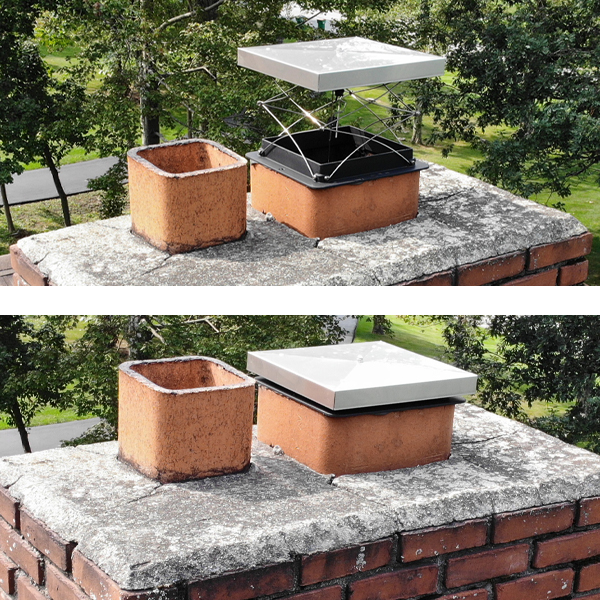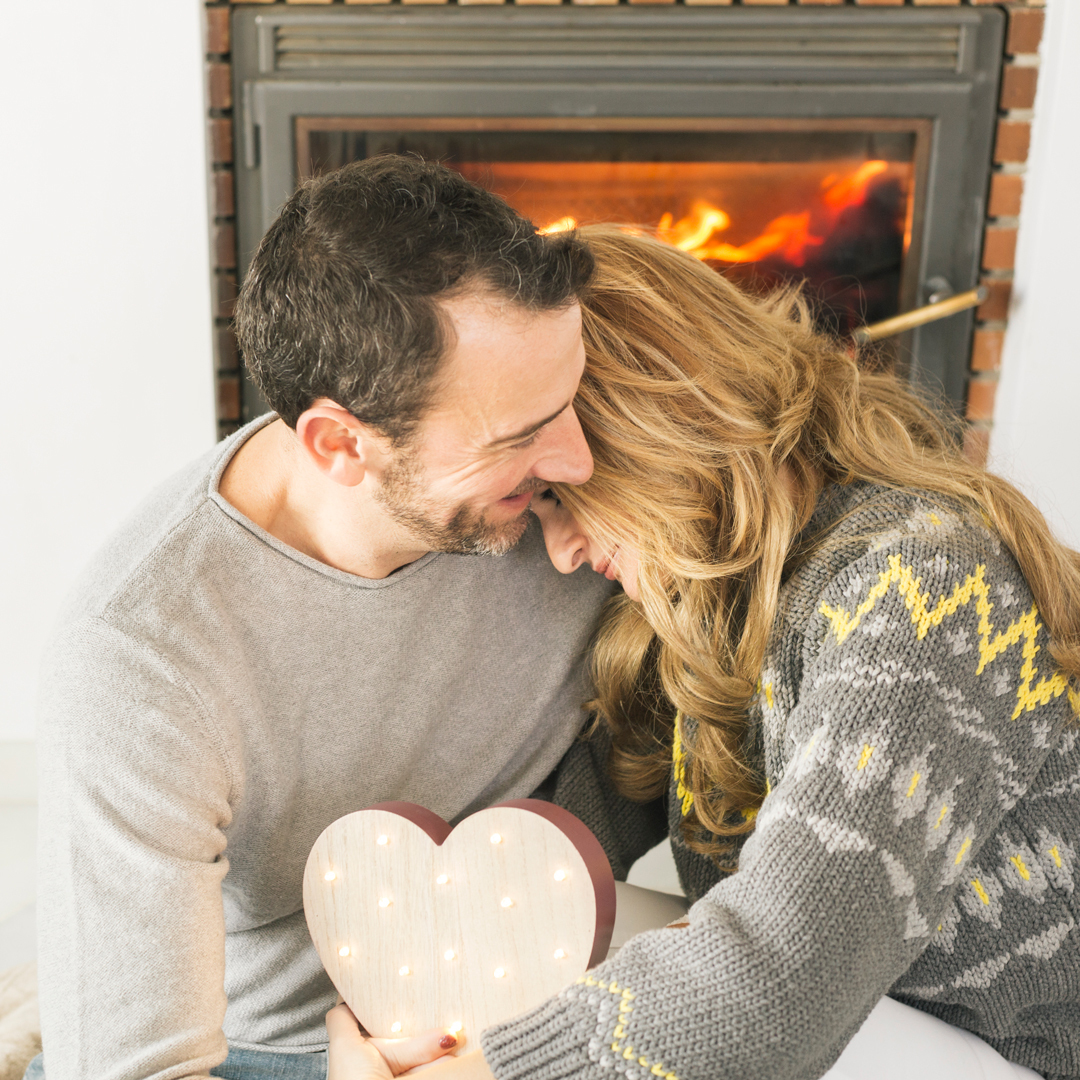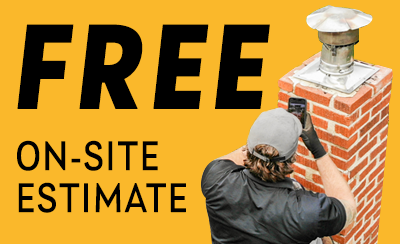Keeping the Flame Alive: Are Chimney Dampers Being Used Correctly This Valentine’s Day?
Nothing like a smoky fire to ruin the romance. The mood is set. You made all the plans for a lovely night with your partner. You start the fire, and the room fills with smoke. You scramble around to fix the situation to no avail. The night is ruined. The smoke has engulfed the house, and you are running around trying to solve the problem.
This scenario could have been avoided with the proper use of your damper.

What Is The Damper Exactly?
The damper is a small, adjustable door located just inside the chimney, above the firebox. The damper controls airflow when opened and closed. The damper works as a door that regulates how much air you need to control the fire.
When opened it allows the air to flow up the chimney as well as to feed the fire. When the fire is not in use, the damper is closed, keeping the cold air out.
How To Use The Damper?
When using a fire the damper must be opened. If the damper remains closed smoke and toxins may enter your home. You may adjust the damper after you have started the fire. It can be partially closed to allow more heat to remain in the house. Once the fire is established, you may consider closing the damper one-third of the way. This will allow enough room for toxins to exit the house. You may try a little more closure if more heat is needed. Be aware that if you close it too much, it may cause a downdraft causing the home to fill with harmful toxins and smoke.
As you get comfortable with the use of the damper you can adjust as you wish. It takes a little practice so don’t worry. If smoke does come into the house, you may consider opening a window or door to create airflow.
Types of Dampers.
Throat – These are most common in many fireplaces. It consists of a cast iron or steel handle located just inside the firebox and slightly up the chimney. Its main purpose is to lift the large metal plate which will allow air to flow.
Top-Sealing – Known also as a chimney cap damper. This has a spring-loaded door located inside the cap. A steel cable is mounted from the handle, up through the flue, to the spring-loaded door at the top of the chimney at the cap.
 A clean chimney is a safe chimney, and Felgemacher will keep yours as safe and efficient as it can be. Our owners are certified through the Chimney Safety Institute of America – a stringent industry certification held by only the best sweeps in the U.S. We remove flammable creosote from chimney flues, reducing the chance of a chimney fire.
A clean chimney is a safe chimney, and Felgemacher will keep yours as safe and efficient as it can be. Our owners are certified through the Chimney Safety Institute of America – a stringent industry certification held by only the best sweeps in the U.S. We remove flammable creosote from chimney flues, reducing the chance of a chimney fire.
We also remove debris and obstructions that could hamper the drafting of smoke and carbon monoxide. We’ve been helping folks throughout the Buffalo NY and Rochester NY areas get the most out of their fireplace inserts, stoves, and chimneys for more than 60 years. When specialized chimney service is required, count on us for the best in chimney sweep, chimney repair, chimney rebuilding and chimney inspection.



